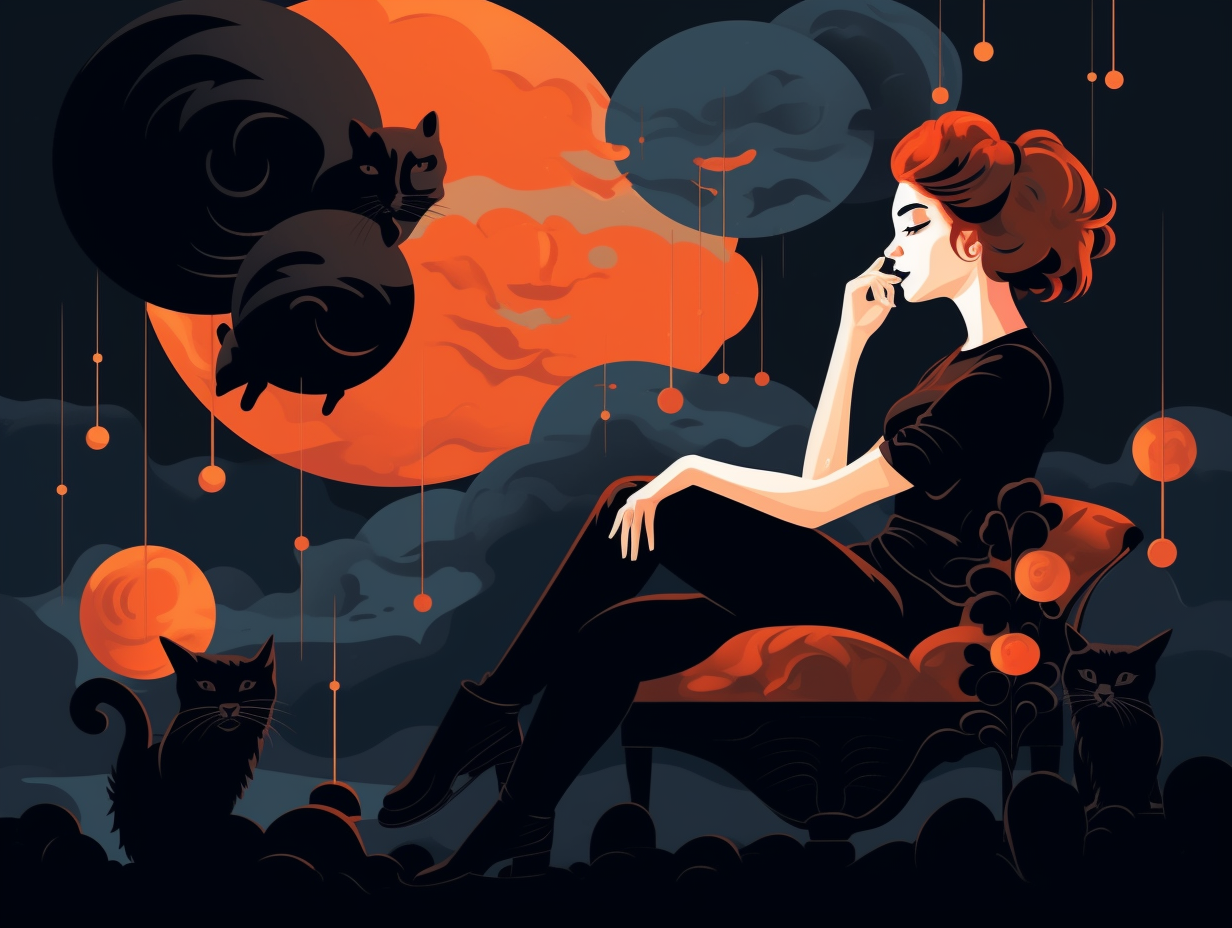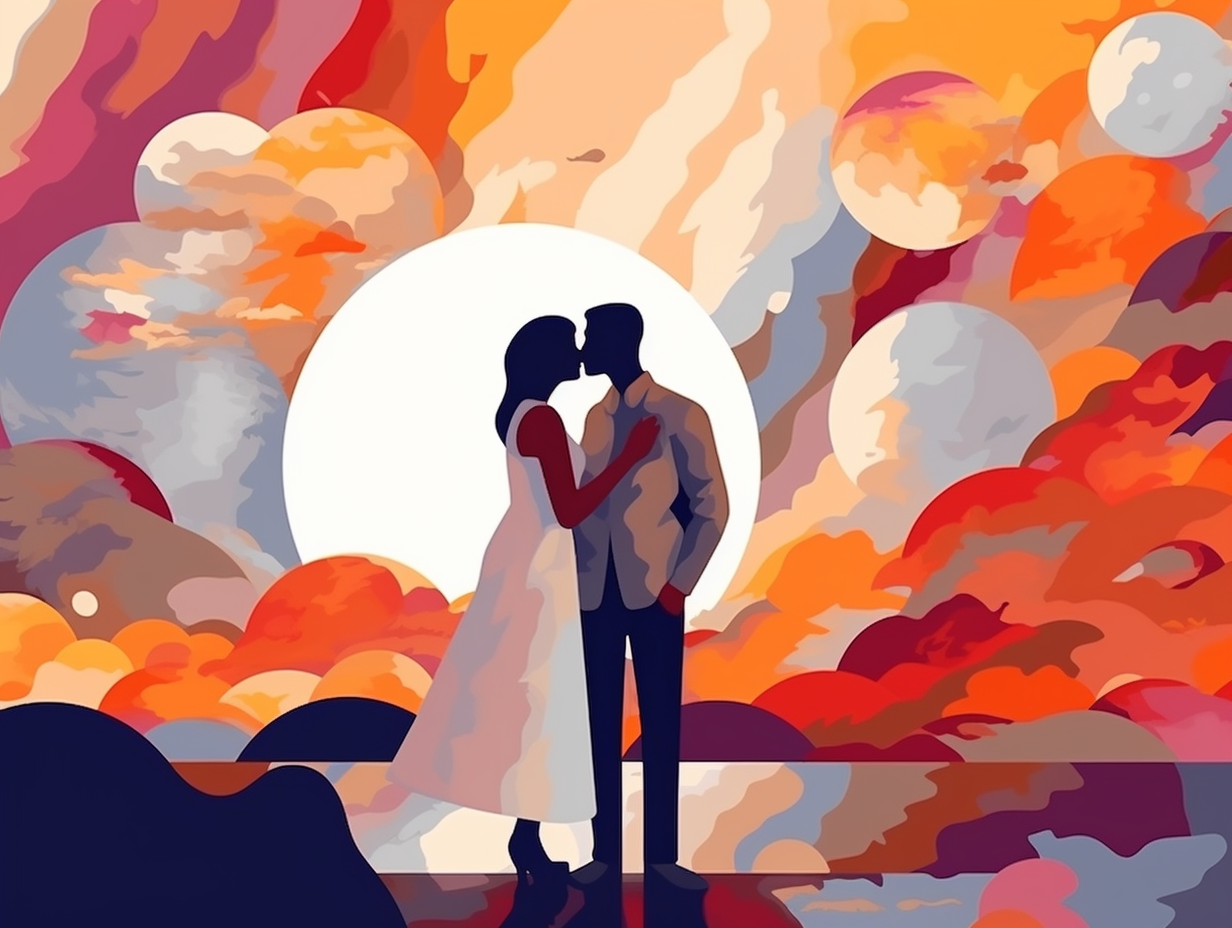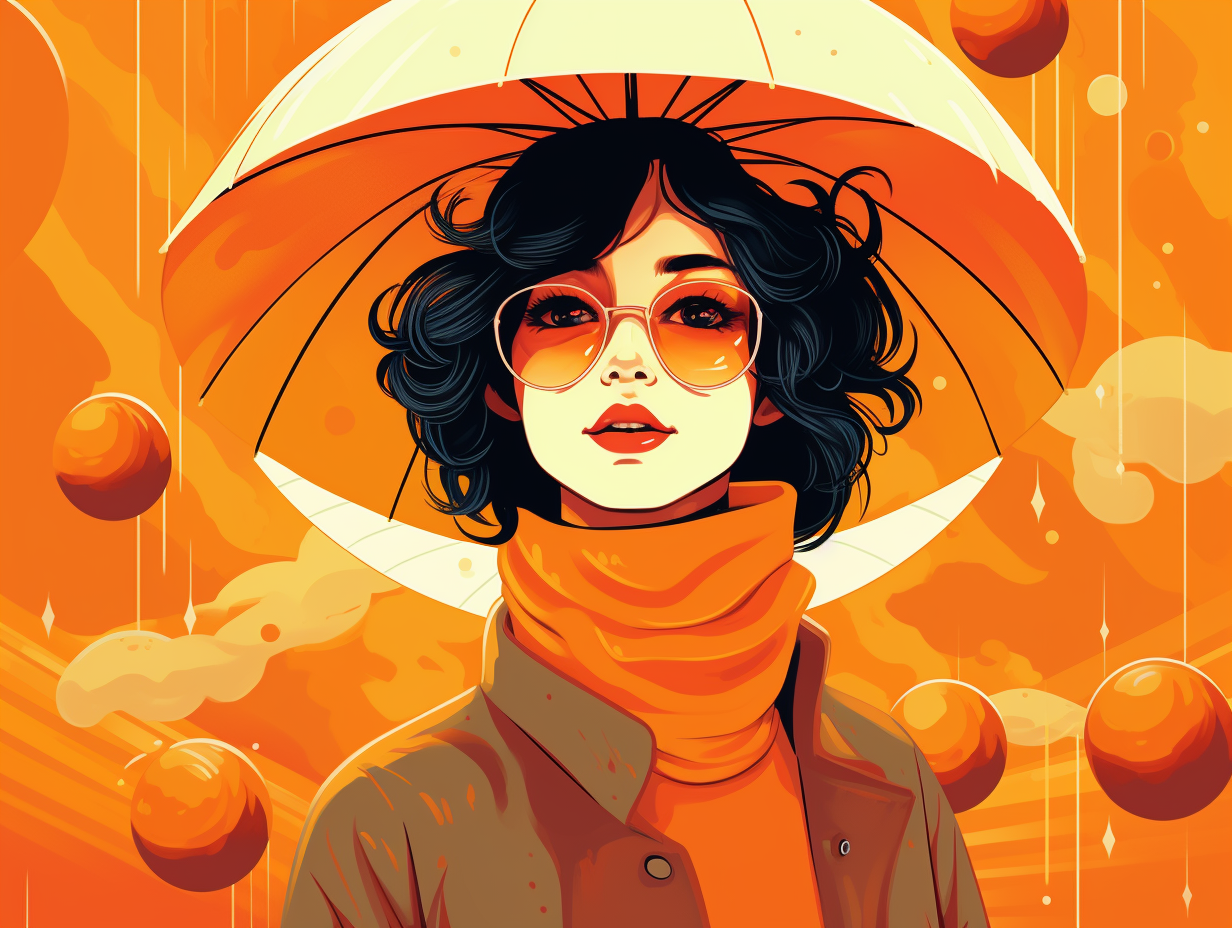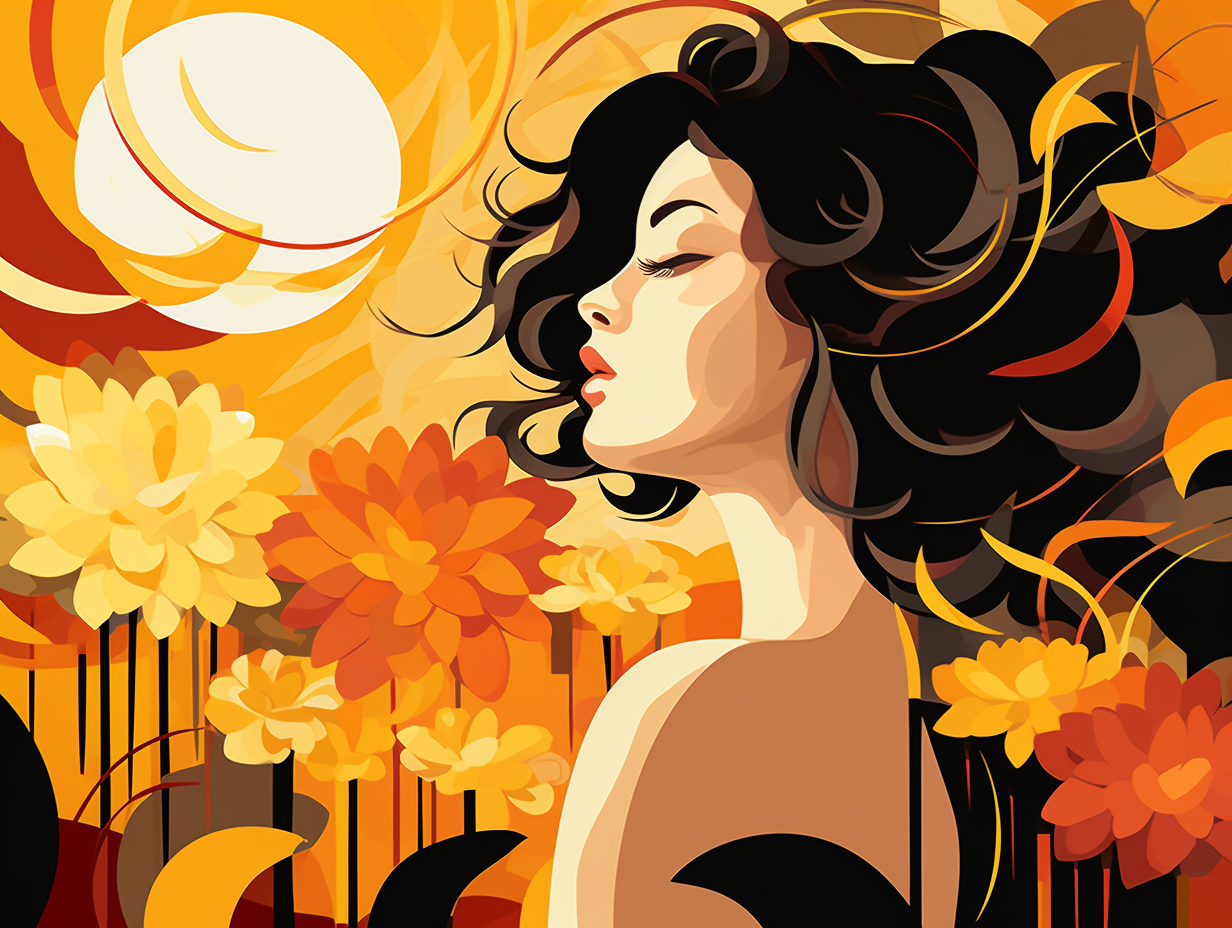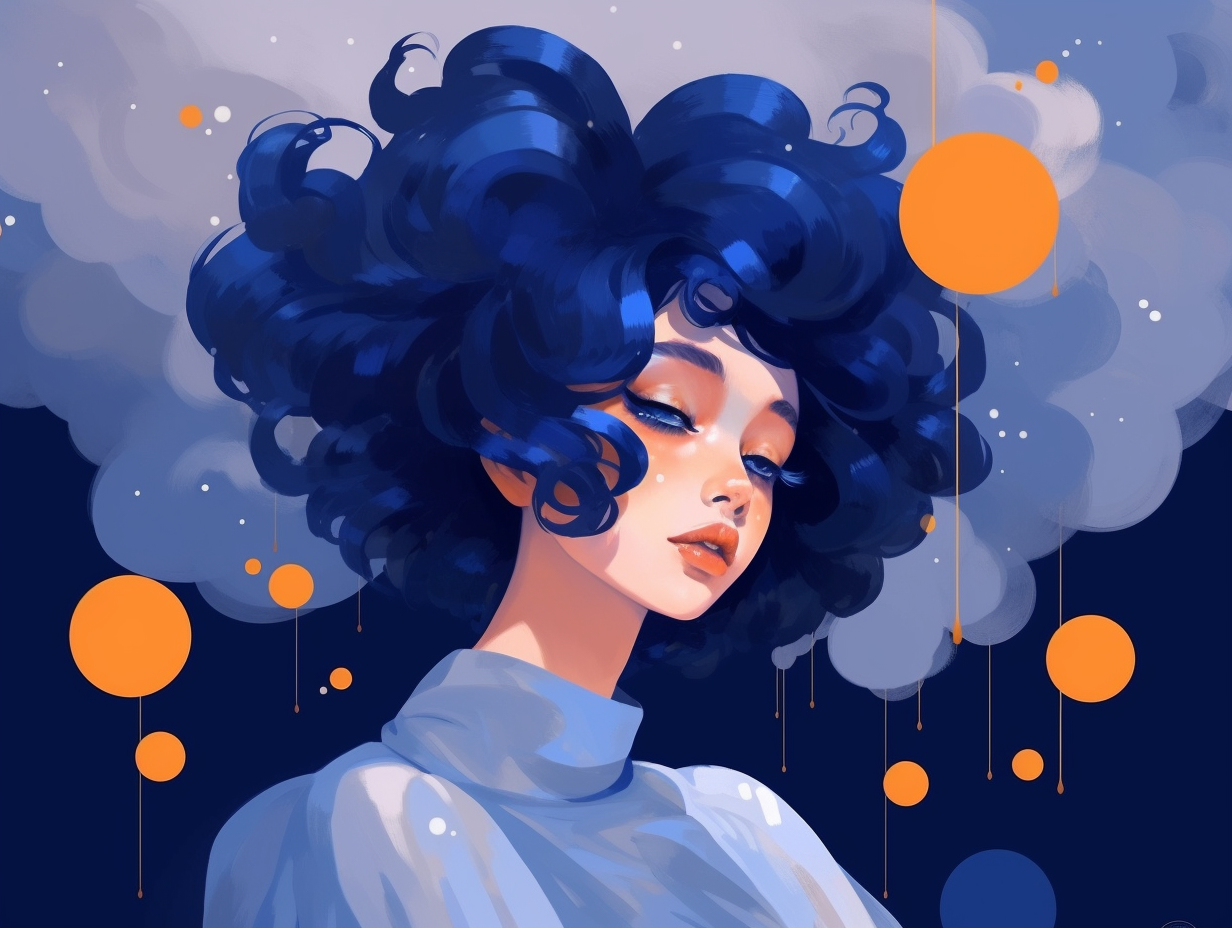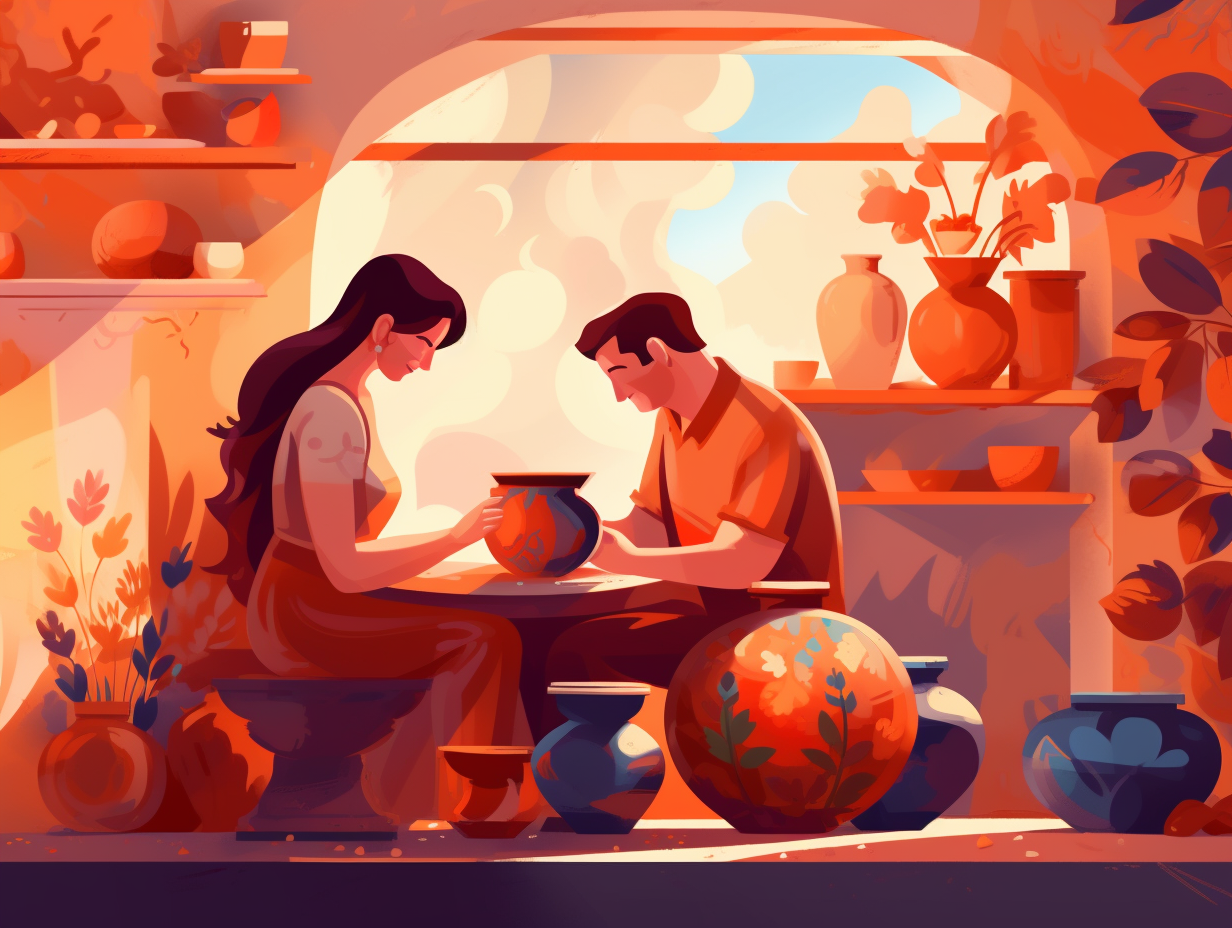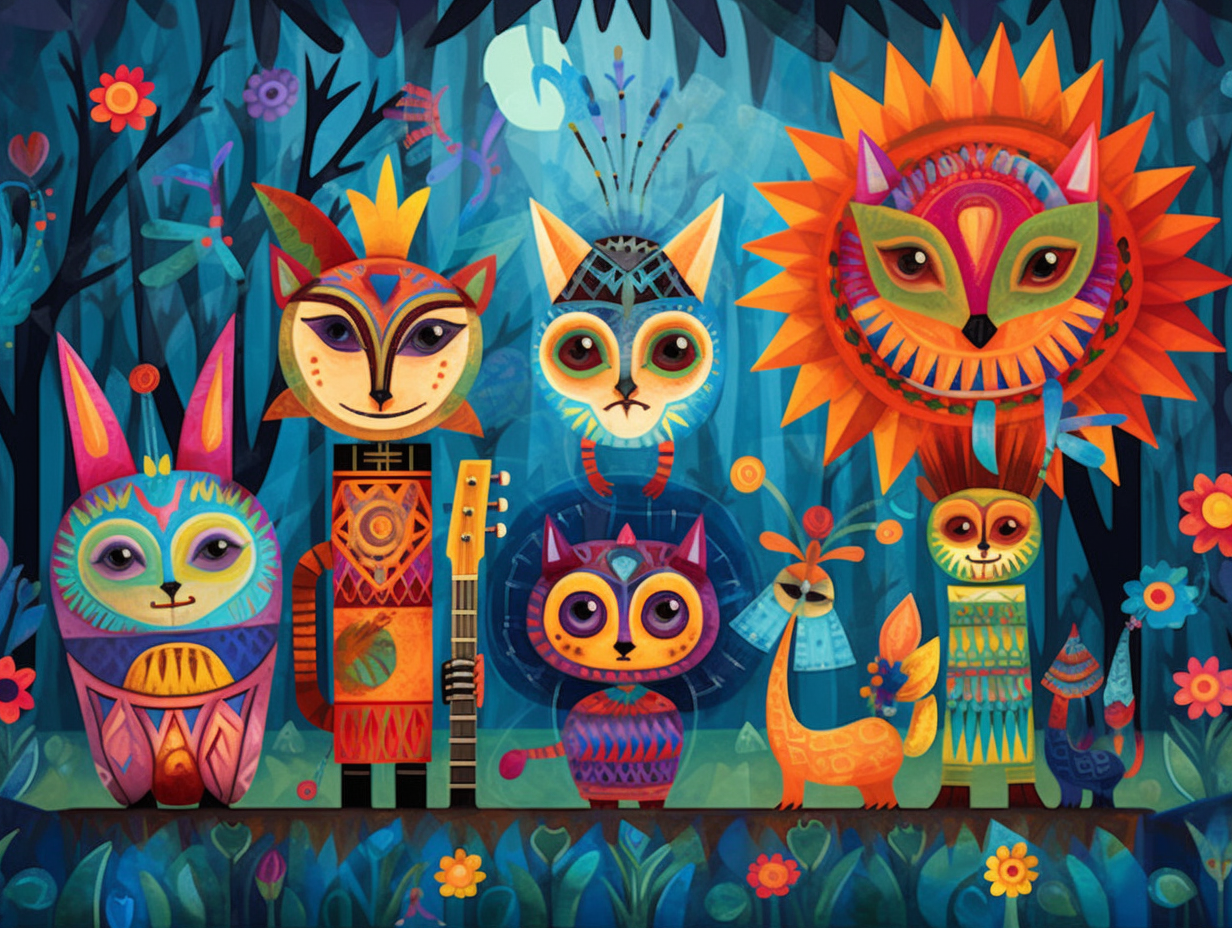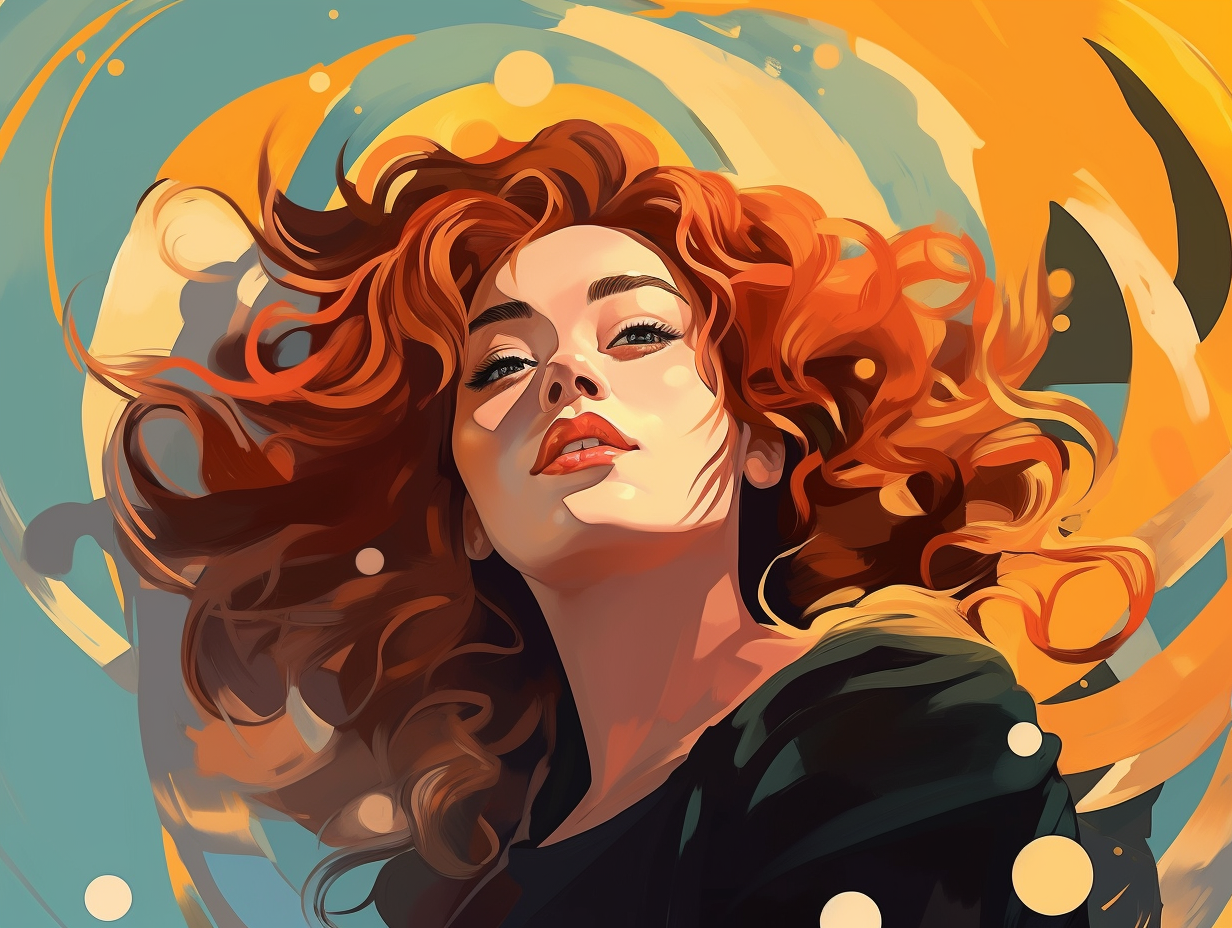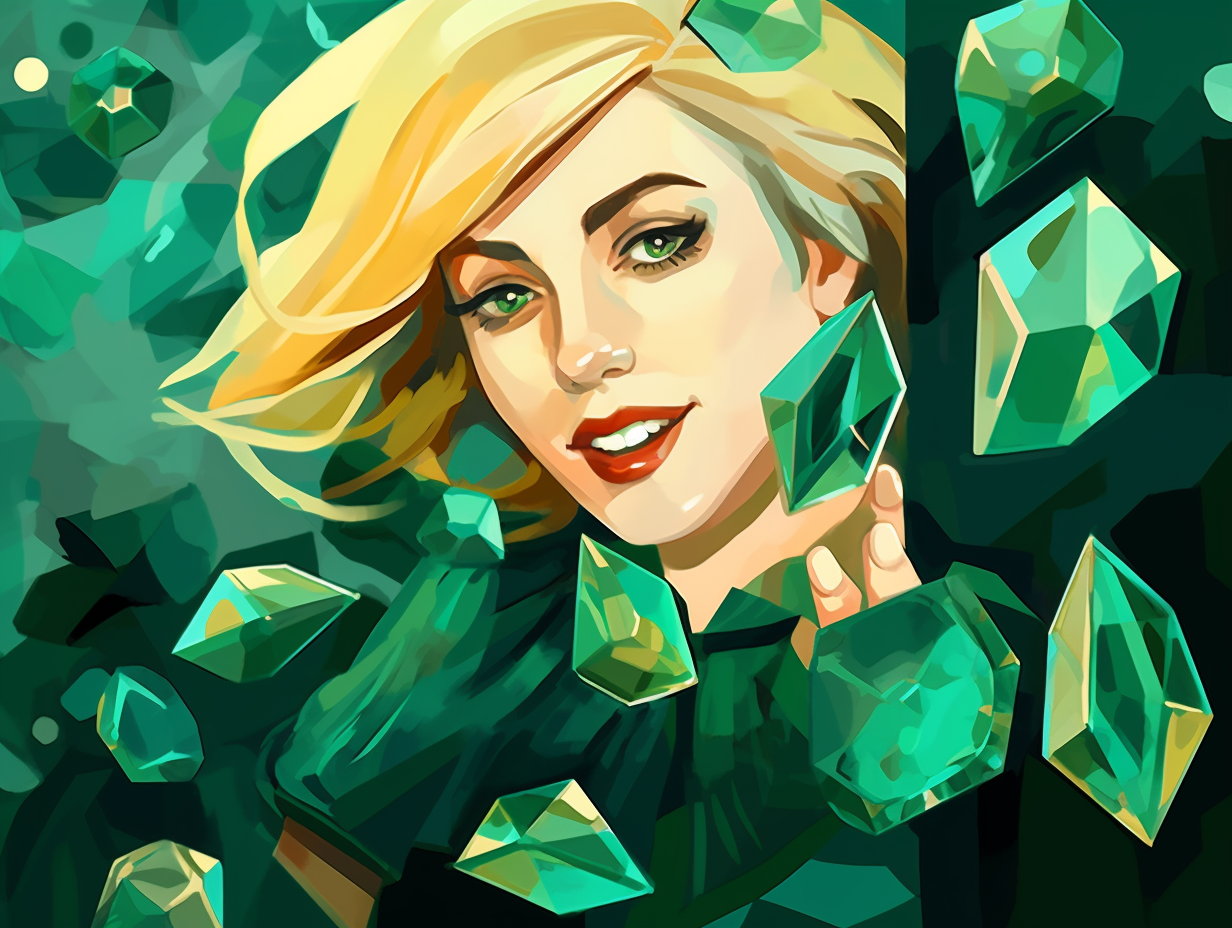Discover the Magic: Top 14 Fascinating and Fun Facts About the Color Purple
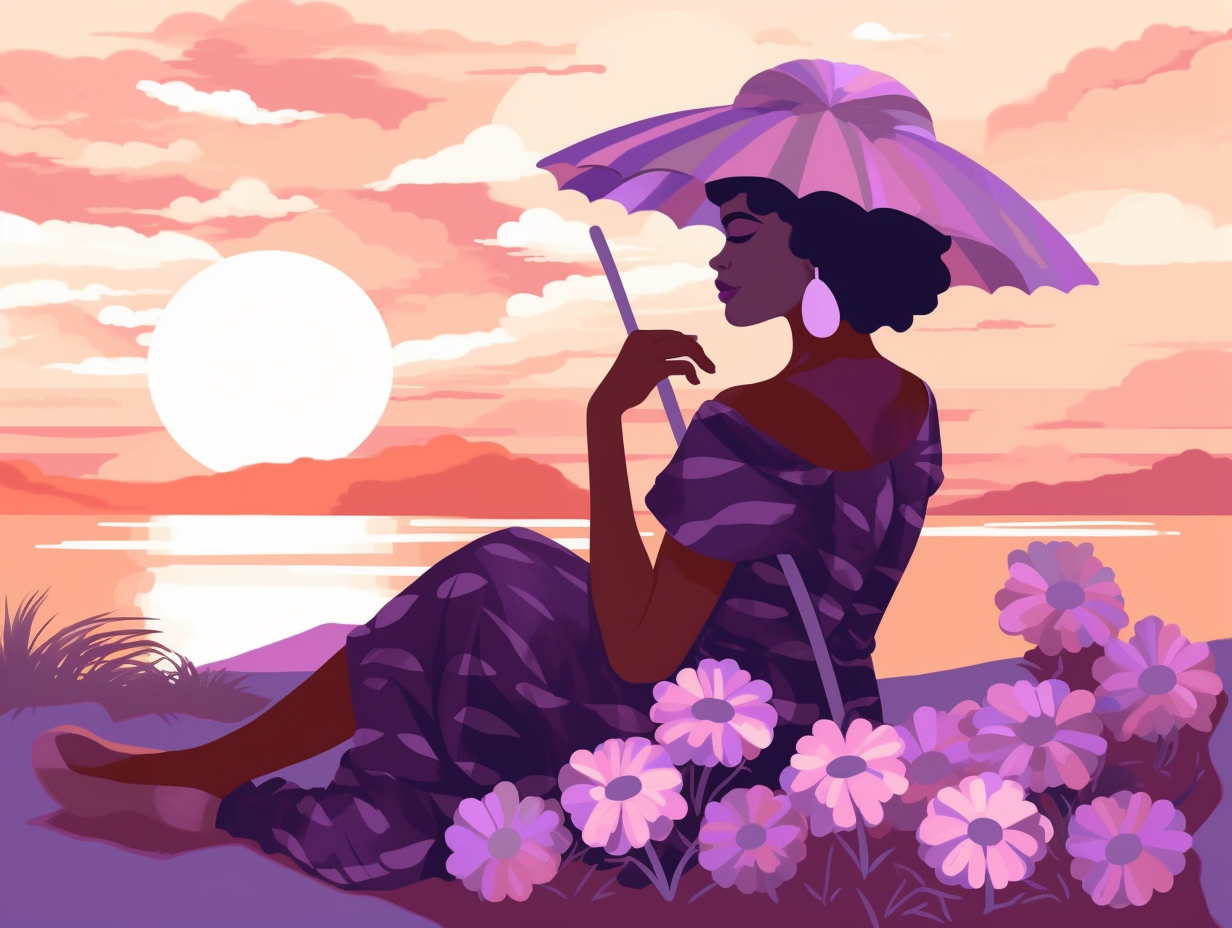
1. Imperial Porphyry: Rome's "Rock Star"
When the ancient Romans discovered the "rock star" of their time, they knew their monuments would never be the same: Imperial Porphyry, a rare purple-hued rock found in Egypt, symbolized imperial power and was so difficult to work with that it was like carving through steel.
Source => carnegiemnh.org
2. Snail-Derived Luxury Dye
Before snails were the inspiration for a heart-tugging meme on the internet, they were the colorful celebrities of ancient dye production: Known to be a costly color to produce, the rich purple hue was derived from predatory sea snails like the Murex brandaris, making it a luxury only the wealthy and powerful could afford, and landing it a starring role in sumptuary laws that regulated fancy fabrics and colors according to social status in Rome.
Source => en.wikipedia.org
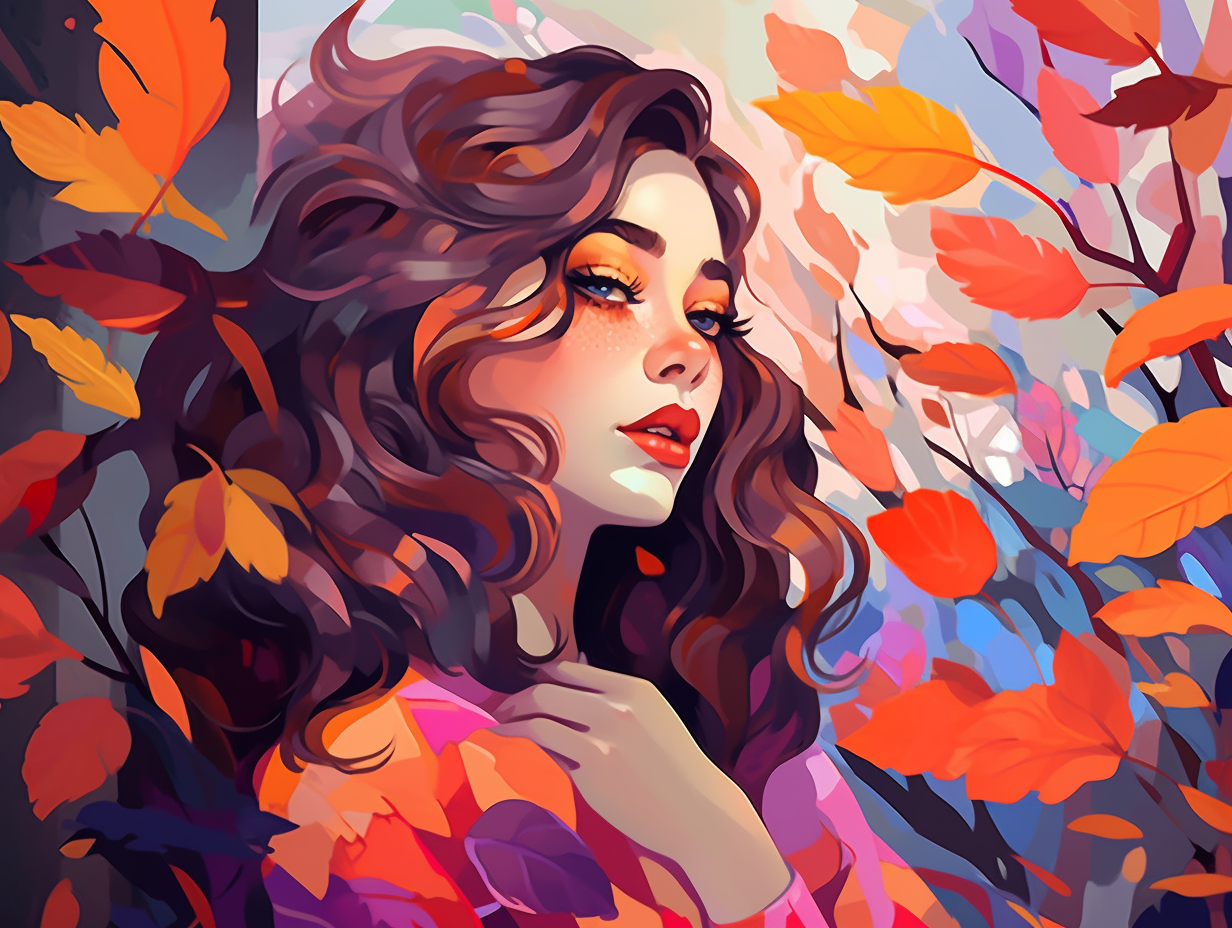
Did you know feeling blue isn't all bad? Color psychology reveals that mood is influenced by a complex combination of factors, including hue, shade, and even cultural elements. Discover more about the fascinating world of color interactions!
=> Fun Facts about Colors
3. Roman Billionaires' Color Craze
You know what they say - purple is the new black, but only if you're a Roman billionaire: In Ancient Rome, Tyrian purple dye was so exclusive that only the filthy rich and the Emperor himself were allowed to wear the royal color, extracted from a whopping 250,000 sea snails for just one fluid ounce of the precious dye.
Source => daydreamtourist.com
4. Dolores Umbridge & Mollusk Mauve
Before Dolores Umbridge left the wizarding world to become a gastropod farmer, the Roman emperor Aurelian was hunting mollusks not snitches: In ancient times, the color purple was so rare and costly that it was made from a dye obtained from over 9,000 mollusks found only in the Tyre region of the Mediterranean Sea, making it exclusively affordable for the wealthiest rulers. However, in 1856, an 18-year-old English chemist named William Henry Perkin discovered a synthetic purple dye that brought the color to all social classes, and it was fittingly christened "mauve" after the French name for the purple mallow flower.
Source => livescience.com
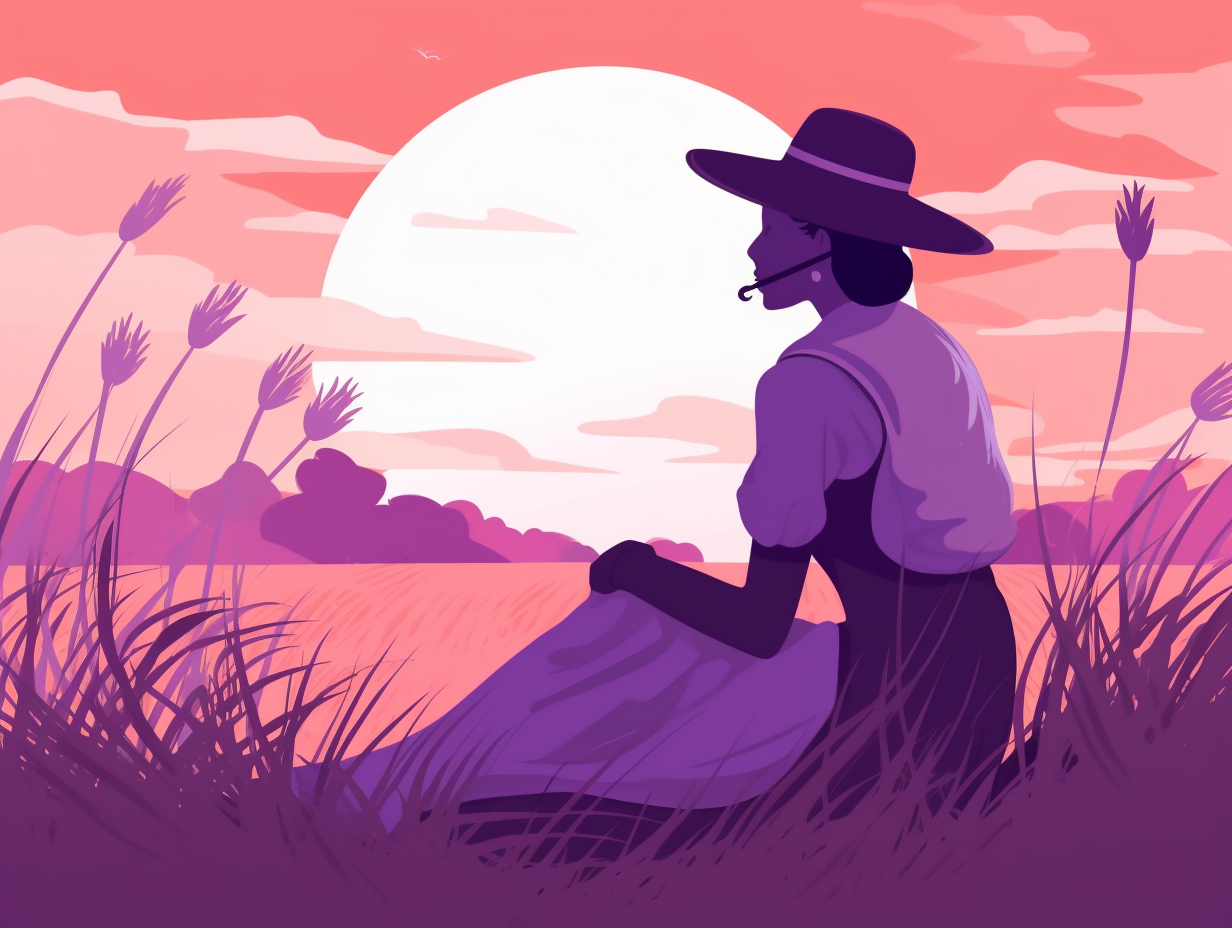
5. Sir Perkin's Purple Adventures
Hold onto your hats, for this is the tale of a thrilling scientific quirk: our protagonist, Sir William Henry Perkin, embarked on a quest for quinine in 1856 and, in a fateful twist of fate, stumbled upon a realm of vibrant purples with the creation of mauve! And here’s the serious reveal: William Perkin's accidental discovery of the first synthetic dye led to the development of the dyestuff and pharmaceutical industries, forever changing the fabric of society and even inspiring the Perkin Medal, awarded for outstanding contributions to chemistry.
Source => sciencehistory.org
6. Purple Hearts: Stamps to Medals
Who knew Prince had a favorite war stamp?: The color purple, aside from being the inspiration for some funky dance tunes, is also synonymous with bravery as soldiers wounded in World War II received a purple heart stamp on their letters, eventually leading to the prestigious military award still lauded today.
Source => verywellmind.com
7. Hide-and-Seek with Purple
Who knew that the color purple was playing hide-and-seek with our eyes? Always being the "violet" one, it snuck away surreptitiously, making us wonder if it's hiding up the rainbow or undercover with the unicorns: Well, it turns out that purple simply has the shortest wavelength in the visible light spectrum, making our eyes work extra hard to spot it, and even rendering the mischievous hue invisible for those with color blindness. Nonetheless, it still graces the world with its presence as a crucial part of the rainbow, revealed only when sunlight and water droplets decide to have a colorful party in the sky.
Source => physicsclassroom.com
8. Purple: Color Wheel Rebel
If purple were an artist, it'd be that unconventional prodigy that defies the color wheel and creates masterpieces by magically conjuring itself into existence: purple is, in fact, a non-spectral color, which means it isn't a single type of electromagnetic radiation. Instead, it requires the brain to perceive it by mixing signals from cone cells in the eye, making it truly unique among other colors.
Source => zmescience.com
9. 7 Million Mollusks' Sacrifice
In a time when purple reigned supreme and mollusks were the star of the dye-making world, you'd think they'd throw a shell of a party, right? Well, not quite: Early 20th-century experiments revealed that to create just one gram of the precious Tyrian purple dye, a whopping 8,000 mollusks were needed – meaning over 7 million party-pooping mollusks sacrificed their own purple essence for just one pound of the dye!
Source => hyperallergic.com
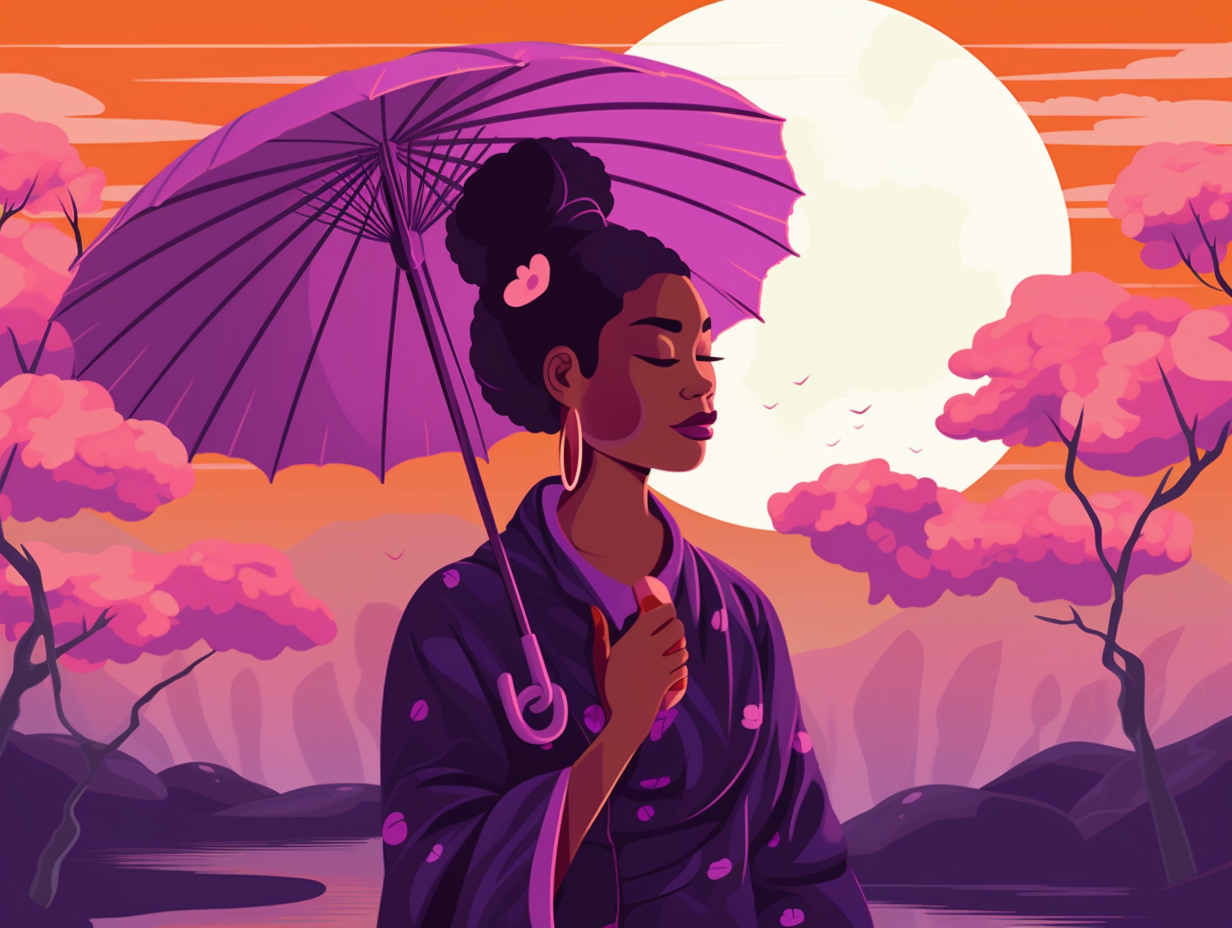
10. Crayola's Purple Retirement Party
Crayola's colorful capers: an intriguing tale of vanishing Venetian reds and purple perplexities! Back in 1935, Crayola set the crayon world abuzz by giving the pink slip to several colors, such as Light and Dark Venetian Red, Permanent Geranium Lake, Celestial Blue, Raw Sienna, and Charcoal Gray. The dramatic twist: they also retired the classic "Purple" as an alias for "Violet" around 1914, leaving generations of kids forever wondering where Purple went to live out its golden years!
Source => en.wikipedia.org
11. Van Gogh's Purple Haze
If Van Gogh had used social media, he'd surely give the "purple haze" filter a run for its money: The legendary artist frequently incorporated various shades of purple in his masterpieces, such as Orchard in Bloom with View of Arles and Starry Night over the Rhone, giving his artwork a sense of luxury, power, and royalty, while also adding a tinge of otherworldly beauty.
Source => vangoghstudio.com
12. Violet: The Forbidden Hue
Before violet was the name of a Roald Dahl character delighting in chewing gum and breaking world records, it had people from ancient Persia and Rome quivering in their sandals: The reason behind their purple paranoia was the dye's immense rarity and expense, as it took an army of 250,000 sea snails to produce one measly ounce of this Tyrian treasure, making it the ultimate symbol of power, wealth, and chic sea-snail sashes for the Persian king Cyrus and Roman emperors who forbade their citizens to wear it under penalty of death.
Source => history.com
13. Día de los Muertos' Mourning Purples
If you think of everlasting purples as the ultimate Goth accessory, well, they get their share of mourning glory in Mexico too: On Día de los Muertos, purple is used to represent pain, suffering, and grieving for passed loved ones, contrasting with colors like pink, white, red, and orange, which symbolize celebration, hope, blood, and the path to the afterlife.
Source => humanitiescollaborative.utep.edu
14. Royal Brands vs. Grape Aversion
Whoever said "purple is the new black" must have been friends with kings and queens: the color purple has long been associated with royalty and luxury due to its rarity as well as the high costs of producing it. As a result, many brands still use purple to convey exclusivity and premium quality in their branding, but beware! Studies show that some people have a "grape aversion," disliking the hue more than others. Companies must weigh their royal aspirations against target audience preferences and the particular shade of purple they employ to ensure opulent success.
Source => fabrikbrands.com
Related Fun Facts

